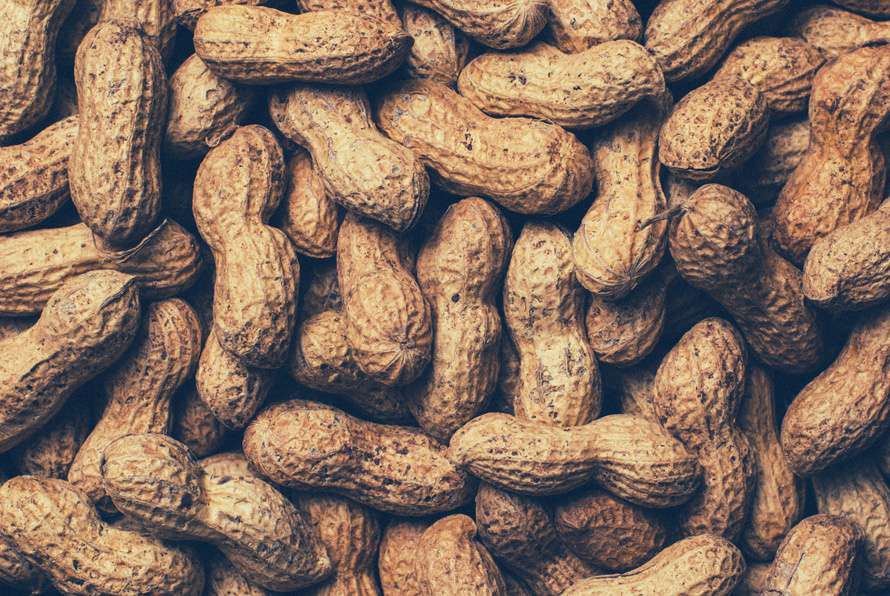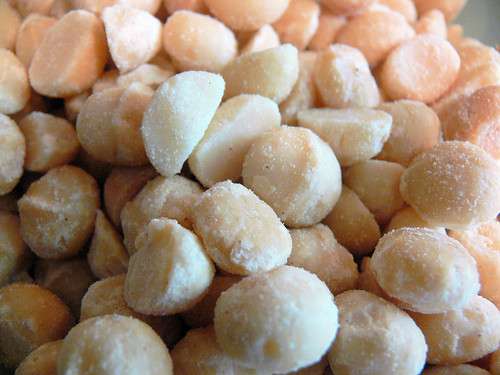
Spectral analysis of raw nuts offers a highly reliable method of quality assessment and sorting to ensure customer expectations of taste, quality, and appearance are met. Image Source: Pexels user Karolina Grabowska
Spectral analysis plays an invaluable role in the production of roasted nuts, nut butters, and a host of other food products that let the delicious taste and high nutritional value of nuts shine through. By continuously monitoring the appearance of processed nuts, in-line spectrophotometers allow manufacturers to adhere to grading guidelines, evaluate process variables, and immediately identify unwanted color variations that compromise product taste and quality. But evaluation of processed nuts is only the final step in ensuring quality in nut products; recent applications of spectrophotometric technology in the analysis of raw nuts are demonstrating the immense potential of spectrally-based optical sorting systems to enhance the safety and quality of nuts, whatever their intended use.

In-shell nuts may be concealing damage and deterioration. Image Source: Pexels user stock.tookapic.com


